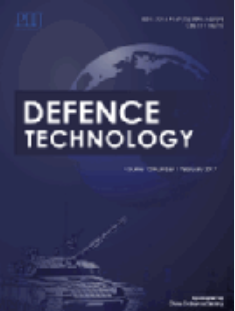低密度可膨胀聚苯乙烯混凝土材料的动态特性
IF 5
Q1 ENGINEERING, MULTIDISCIPLINARY
引用次数: 0
摘要
本文章由计算机程序翻译,如有差异,请以英文原文为准。

Dynamic properties of low-density expandable polystyrene concrete materials
Expanded polystyrene (EPS) concrete, known for its environmental friendliness, energy absorption capacity, and low impedance, has significant potential application in the fields of wave absorption and vibration reduction. This study designed and prepared EPS concrete materials with four levels of density. Quasi-static uniaxial compression and Split Hopkinson Pressure Bar (SHPB) impact tests were conducted to obtain stress-strain curves, elastic moduli, failure modes, energy absorptions, and strain rate effects of the EPS concrete under quasi-static and dynamic loading conditions. The influences of density on various performance indicators were analyzed. By combining the Zhu-Wang-Tang (ZWT) constitutive model with a modified elastic-brittle model, a modified dynamic constitutive model was proposed. The accuracy of the model was validated by the experimental data. The results indicate that the addition of EPS particles enhances the ductility of the EPS concrete. The EPS concrete has significant strain rate effect, which gets stronger as density increases. The modifiedconstitutive model accurately characterizes the dynamic stress-strain curves of the EPS concrete.
求助全文
通过发布文献求助,成功后即可免费获取论文全文。
去求助
来源期刊

Defence Technology(防务技术)
Mechanical Engineering, Control and Systems Engineering, Industrial and Manufacturing Engineering
CiteScore
8.70
自引率
0.00%
发文量
728
审稿时长
25 days
期刊介绍:
Defence Technology, a peer reviewed journal, is published monthly and aims to become the best international academic exchange platform for the research related to defence technology. It publishes original research papers having direct bearing on defence, with a balanced coverage on analytical, experimental, numerical simulation and applied investigations. It covers various disciplines of science, technology and engineering.
 求助内容:
求助内容: 应助结果提醒方式:
应助结果提醒方式:


